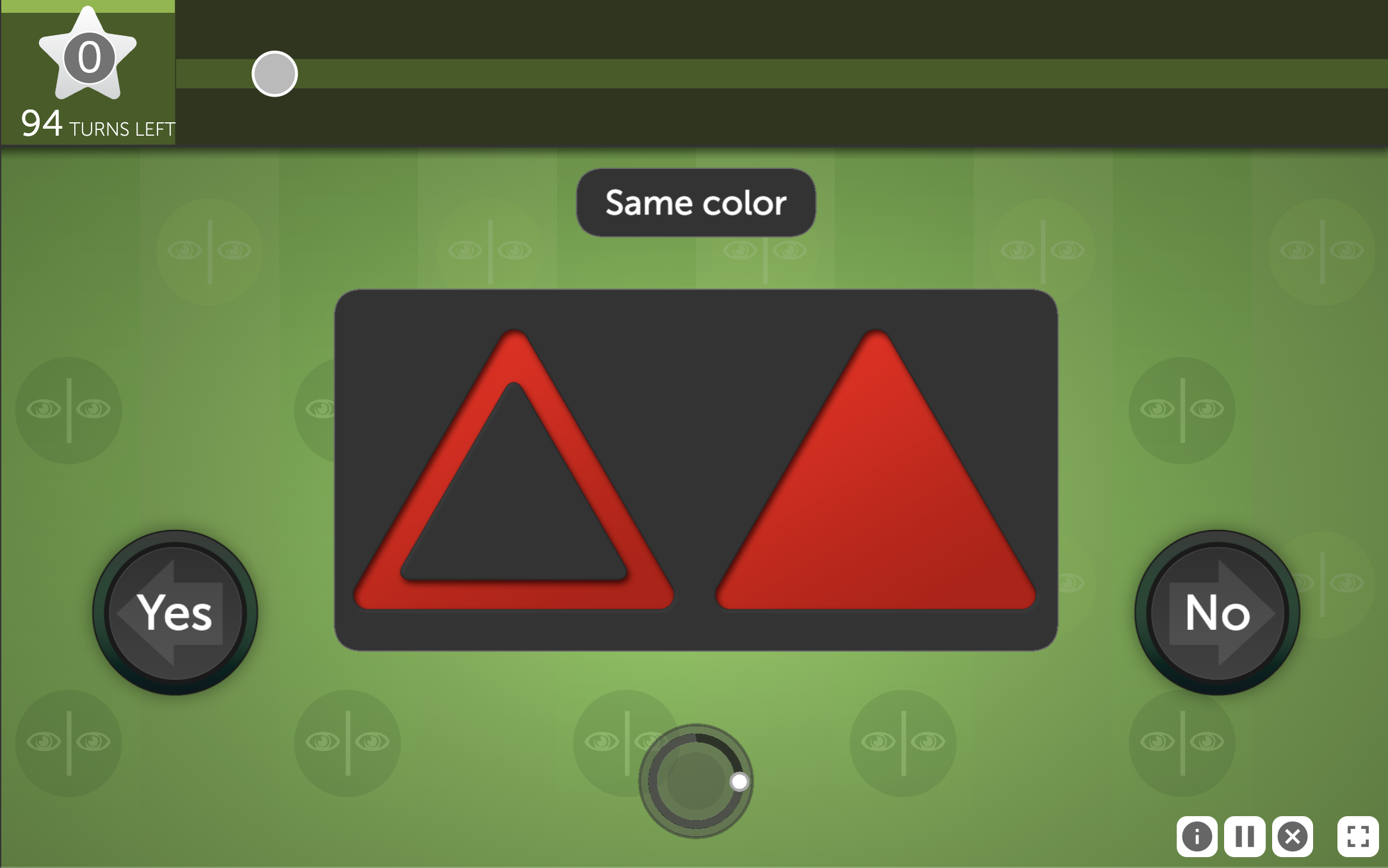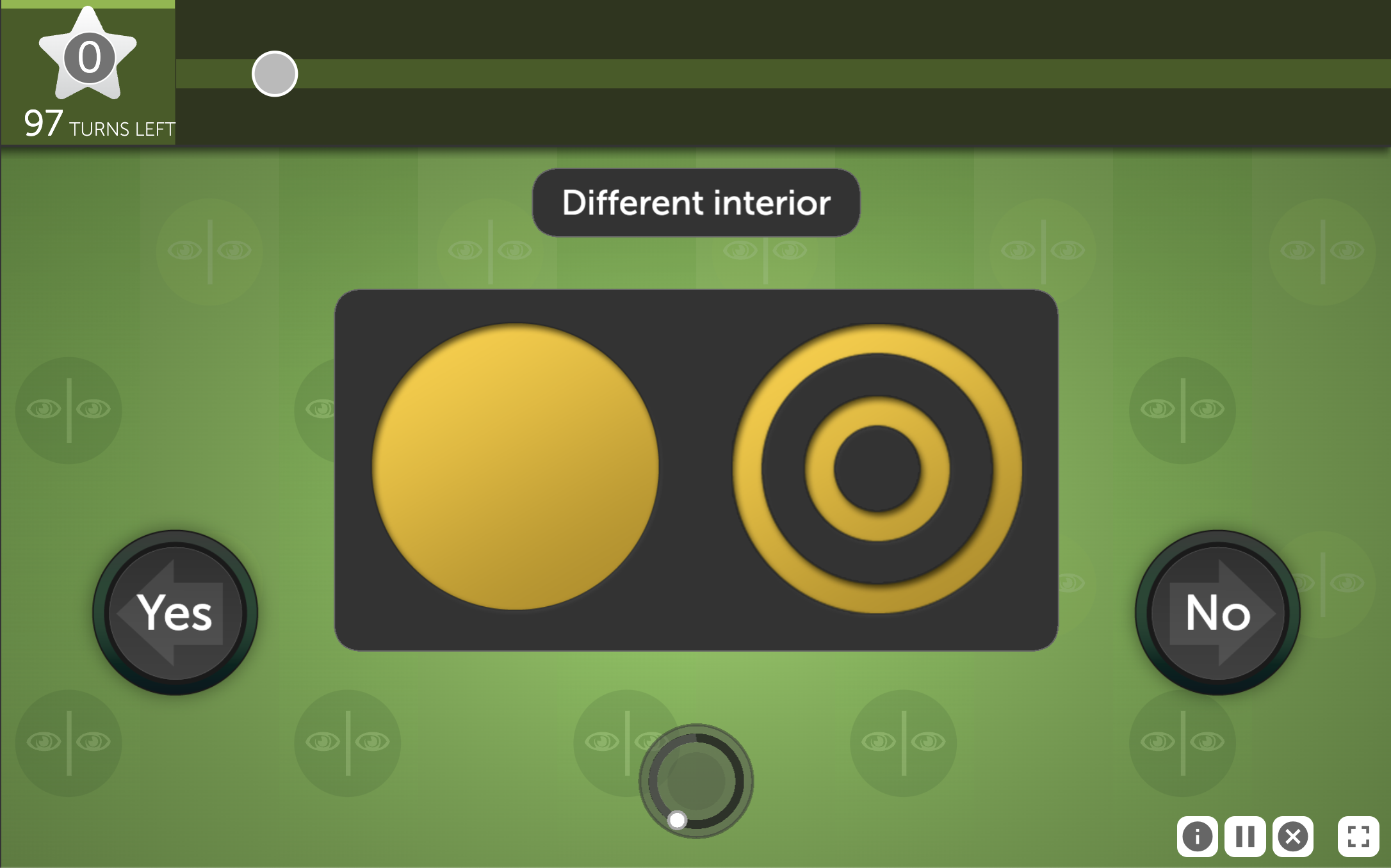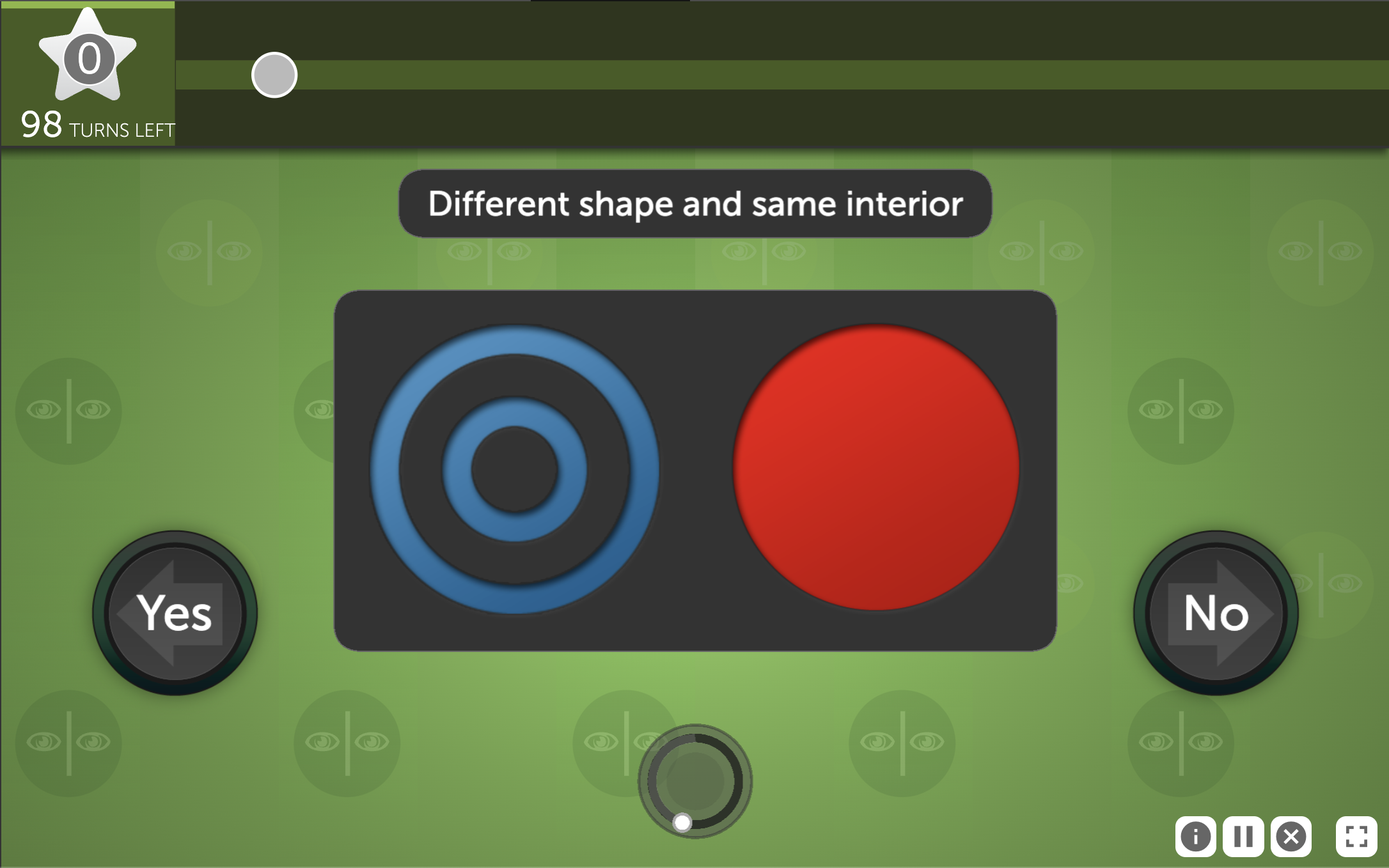 As we navigate the world, we have to pay attention to what matters for our own safety, health, interest, and joy. We want to notice the crack in the sidewalk so we don’t trip, the intricate details in a piece of art we love, the twist in the movie that makes it all come together, the smile on the face of a friend.
As we navigate the world, we have to pay attention to what matters for our own safety, health, interest, and joy. We want to notice the crack in the sidewalk so we don’t trip, the intricate details in a piece of art we love, the twist in the movie that makes it all come together, the smile on the face of a friend.
But in order to use its resources to pay attention to the things that matter, the brain has to suppress its attention to all the unimportant details around us. While you want to see the crack in the sidewalk that might trip you, you don’t want to waste your brain’s resources noticing every single crack in the sidewalk. Dismissing what doesn’t matter is just as important as noticing what does.
Divided Attention challenges your brain to focus in on and react to particular details—matching colors, shapes, and/or fill interiors—while at the same time dismissing competing information. It repeatedly shows two shapes on screen, asking you to press the left arrow key when the two meet certain criteria. For example, it might ask you to press the left arrow key when the two shapes are the same color, but the right arrow key when they aren’t.
Your brain has to quickly notice whether the two shapes are the same color and press the left arrow, and not get confused when the two shapes aren’t the same color—even if they have something else in common (for example, if they are both triangles). This attention exercise adds an extra challenge for your brain’s flexibility by changing what details to notice:
- Different categories: first, you might be asked to watch for matching colors, then matching shapes, then matching fill interiors (e.g., solid, line, blank).
- Multiple categories: first, you might be asked to watch for matching colors, but eventually you might be asked for matching color and shape or matching color but different shape. Caption: Possible shapes in Divided Attention
As you improve in each level, the images flash by more quickly, pushing your brain to speed up its ability to attend to the right information while ignoring the wrong information.
The ability to pay attention to what matters, while suppressing what doesn’t matter, can have profound effects in daily life. Everything from quickly finding the right spaghetti sauce on a grocery shelf filled with spaghetti sauces to locating an old friend at a crowded airport amid hundreds of faces depends, in part, on your ability to focus in on important details and dismissing items that don’t match those details very rapidly.



